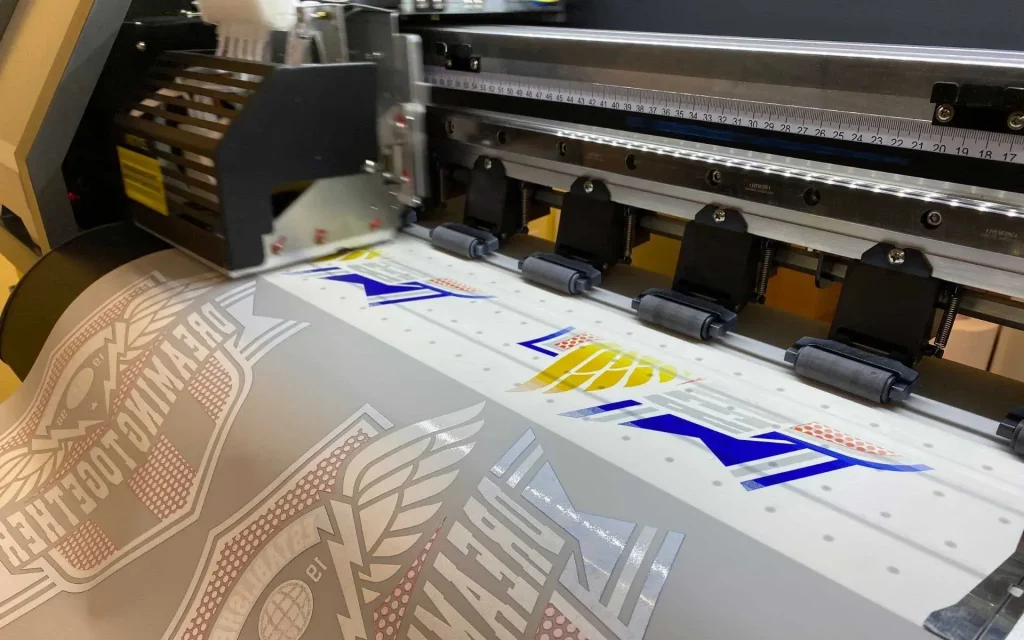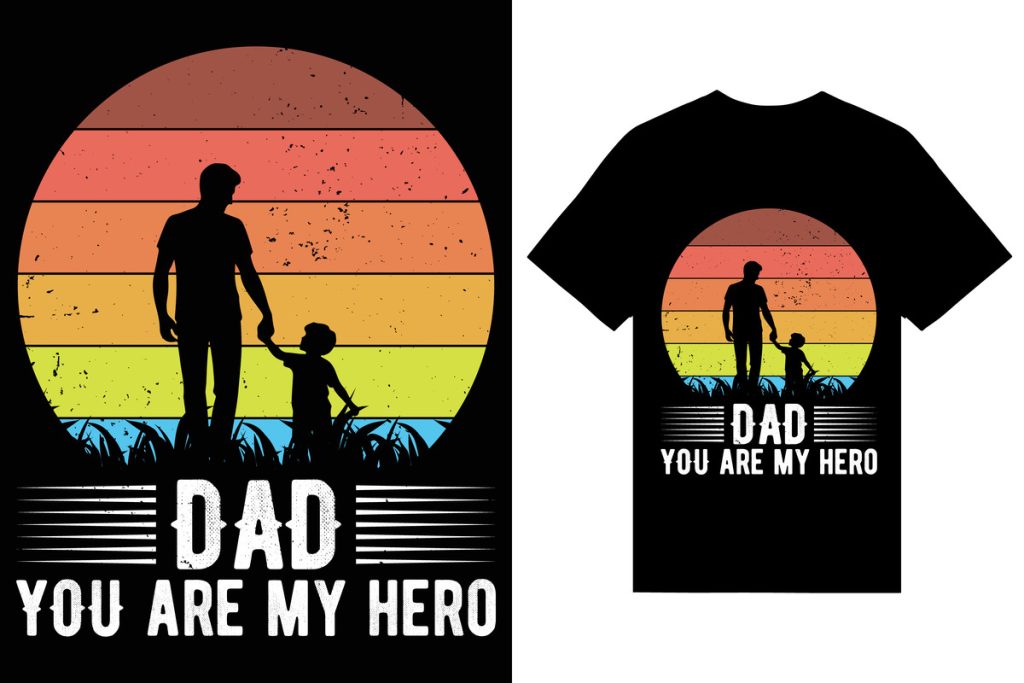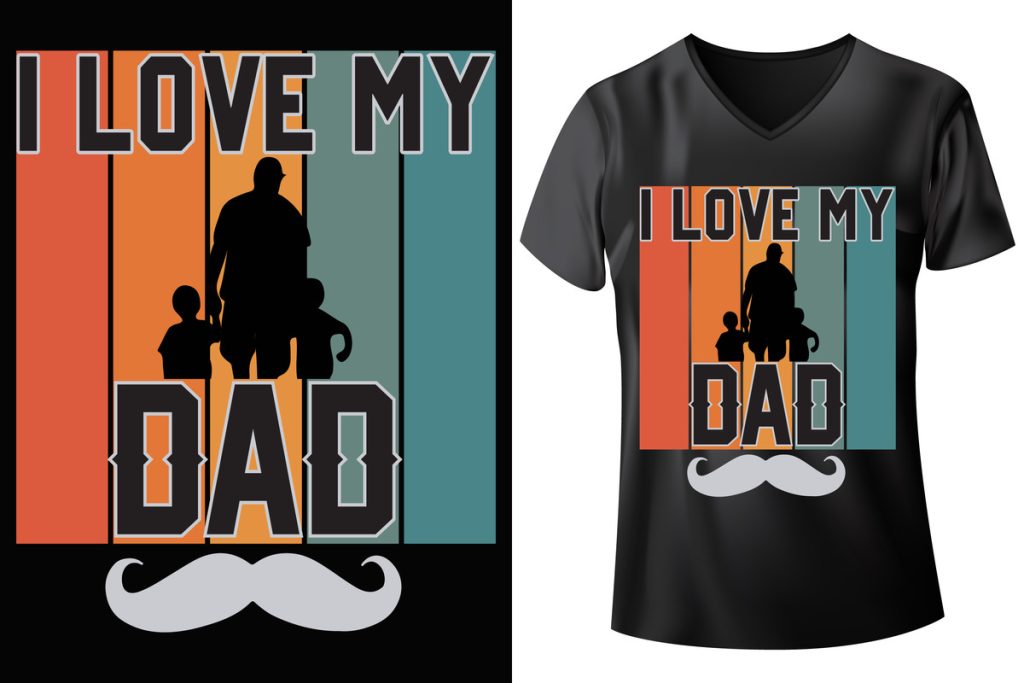DTF printing, short for Direct to Film printing, is at the forefront of innovation in the custom apparel landscape. This advanced technique allows users to transfer vibrant and intricate designs onto various fabrics effortlessly. If you’re interested in mastering DTF printing, you’ll find this ultimate guide packed with essential techniques and valuable insights tailored for beginners. Explore the numerous benefits of DTF printing, including its versatility and cost-effectiveness, which make it a game-changer for entrepreneurs and hobbyists alike. With the right understanding of the DTF printing process, you can create stunning apparel that captures attention and elevates your brand.
The realm of Direct to Film printing, often referred to as DTF or film transfer printing, brings a fresh perspective to the world of custom garment production. This innovative method offers a dynamic approach to applying detailed designs on a multitude of textile surfaces, making it an appealing choice for those in the custom apparel market. Enthusiasts and newcomers alike can benefit from beginner DTF printing resources that simplify understanding the nuances of the DTF printing techniques. By exploring alternative terminologies and methods within this technology, you can enhance your knowledge and become proficient in delivering high-quality prints. As we delve into DTF printing, you’ll discover how this method’s efficiency and detail cater to diverse printing needs.
What is DTF Printing and How Does It Work?
Direct to Film (DTF) printing is an innovative method that allows for high-quality and detailed designs to be printed directly onto a special film, which is later transferred onto various fabrics. This technique differs significantly from traditional printing methods like screen printing or direct-to-garment (DTG). One appealing aspect of DTF printing is its adaptability; it can be applied to diverse materials such as cotton, polyester, and blends, making it a versatile option for custom apparel printing. This enhances appeal for designers and consumers who seek unique, durable garments.
The DTF printing process involves several key phases which include printing directly onto the film with specialized inks, applying a bonding powder, and using heat transfer techniques to affix the ink to the fabric. This process ensures not only vibrancy and longevity of the colors but also allows for intricate designs to maintain their sharpness. This advanced printing technology is suited for everything from small-scale custom jobs to larger production runs, providing a practical solution for any creator.
Key Steps in the DTF Printing Process
The DTF printing process begins with printing the image onto a unique film using quality DTF ink that is specifically engineered for this purpose. Once the design is printed, a heat-sensitive powder is applied to the wet ink. This powder is crucial as it becomes the adhesive during the heat transfer stage. Following this, the film is placed onto the desired fabric and subjected to heat from a heat press. The heat activates the powder, facilitating a strong bond between the ink and the garment, ensuring that the design adheres well even with frequent washing.
After cooling, the final step is peeling away the film, which leaves behind a vibrant and detailed print on the fabric. Mastering this process is essential for beginners, as any misstep in temperature settings or calibration can significantly affect print quality. By understanding and effectively executing these key steps, beginners can achieve professional-looking results that stand out in the competitive world of custom apparel.
Essential Techniques for Beginners in DTF Printing
For beginners venturing into the realm of DTF printing, mastering the core techniques is paramount. One of the fundamental practices includes ensuring that your printer is correctly calibrated to guarantee optimal color and clarity in your prints. Regular maintenance and calibration checks will go a long way in achieving consistent results, which is essential for building credibility in the business.
Additionally, choosing the right quality inks and powders can dramatically impact the output of your prints. Investing in high-grade supplies not only enhances adhesion and vibrancy but also contributes to the overall durability of the fabric prints. Familiarizing yourself with various DTF printing supplies will equip you with the knowledge you need to create stunning designs that withstand time and washing.
Advantages of Embracing DTF Printing
DTF printing presents numerous advantages that make it a strategic choice for anyone interested in custom apparel printing. One major benefit is its versatility, allowing for prints on a broad range of fabrics. This capability opens the door to diverse product offerings, from personalized t-shirts to intricate designs on sports gear. The ability to cater to various market segments is crucial for success in the competitive apparel landscape.
Another key benefit of DTF printing is its cost-effectiveness, particularly for small orders. Unlike traditional methods that may require large runs to justify costs, DTF printing allows for more flexible batch sizes without sacrificing quality. This makes it an appealing option for startups or individual designers looking to provide customized solutions without the financial burden of scaling their operations prematurely.
Emerging Trends in DTF Printing Technology
As the DTF printing industry continues to thrive, several emerging trends are setting the stage for innovation and improved practices. One notable trend is the development of eco-friendly inks that are better for the environment while maintaining high standards of quality and vibrancy. This shift towards sustainability not only appeals to conscious consumers but also positions businesses as responsible choices in a competitive market.
Additionally, advancements in printing machinery are making the DTF process faster and more efficient. Brands are now exploring machines with enhanced print speeds and capabilities, allowing for a streamlined workflow that can meet increasing consumer demands. Keeping abreast of these trends is vital for businesses looking to stay ahead of the curve and harness the full potential of DTF printing.
Resources for Beginners to Master DTF Printing
Starting a DTF printing venture can be daunting; however, numerous resources exist to streamline the learning curve for beginners. Video tutorials play a pivotal role in visual learning and can provide step-by-step guidance on navigating the intricacies of the DTF printing process. Platforms like YouTube not only offer a wealth of information but also allow users to observe techniques in real time, making it easier to grasp the practical applications.
In addition, engaging with community forums such as Reddit’s r/TshirtPrinting enhances learning through shared experiences. These platforms enable beginners to seek advice from seasoned printers and troubleshoot common challenges in DTF printing. Furthermore, instructional blogs dedicated to DTF techniques offer insights, tips, and support that can foster a deeper understanding of the craft, making the journey to mastering DTF printing more achievable.
Frequently Asked Questions
What is DTF printing and how does it work?
DTF printing, or Direct to Film printing, involves printing designs onto a special film using DTF inks. This film is then coated with a heat-sensitive powder, which, when heated during transfer, adheres the print to various fabrics, making it a popular choice for custom apparel printing.
What are the advantages of using DTF printing techniques?
DTF printing techniques offer numerous advantages, including high detail and vibrant colors, versatility across different textiles, and cost-effectiveness for small orders, making it an attractive option in the custom apparel printing industry.
How is the DTF printing process different from traditional printing methods?
Unlike traditional printing methods such as screen printing or direct-to-garment (DTG), DTF printing allows for intricate designs on both cotton and polyester fabrics with a unique transfer technique that enhances color vibrancy and print durability.
What should beginners know about DTF printing basics?
Beginners in DTF printing should ensure proper printer calibration, choose high-quality inks and powders, and pay attention to heat press settings. Mastering these basics will result in better adhesion and more vibrant prints.
Can DTF printing be used for larger-scale production?
Yes, DTF printing can be adapted for larger-scale production. Its low setup costs and minimal minimum order requirements make it suitable for both small custom jobs and larger apparel printing projects.
Where can beginners find resources to improve their DTF printing skills?
Beginners can find valuable resources for DTF printing through online video tutorials, community forums like Reddit’s r/TshirtPrinting, and instructional blogs that provide tips and insights into the DTF printing process.
| Key Point | Description |
|---|---|
| What is DTF Printing? | Direct to Film (DTF) printing is a technique that prints designs onto a special film, which is then transferred to fabric, distinguishing it from traditional methods such as screen printing and direct-to-garment printing. |
| Process of DTF Printing | The DTF printing process includes printing the design on film, applying powder coating, heat transferring the design to fabric, and peeling the film off after printing. |
| Advantages of DTF Printing | DTF printing is versatile, cost-effective, and supports high-resolution outputs, making it suitable for a variety of textiles and projects. |
| Key Techniques for Beginners | Beginners should focus on printer calibration, using quality inks and powders, and setting proper temperature and pressure on heat presses for optimal results. |
| Emerging Trends in DTF Printing | The DTF printing industry is evolving with advancements in eco-friendly inks and faster printing technologies expected to impact mainstream apparel production. |
| Practical Resources for Beginners | Useful resources include video tutorials, community forums, and instructional blogs to help beginners learn and improve their DTF printing skills. |
Summary
DTF printing is revolutionizing the way custom apparel is produced, making it an attractive option for beginners looking to step into this creative field. This method not only allows for vibrant and detailed designs on various fabric types but also offers remarkable cost-effectiveness, especially for small orders. By grasping the core techniques of DTF printing, monitoring industry trends, and utilizing available resources, newcomers can efficiently navigate this innovative printing process. Ultimately, DTF printing empowers creative individuals to bring their artistic visions to life, opening up exciting possibilities in custom garment creation.



